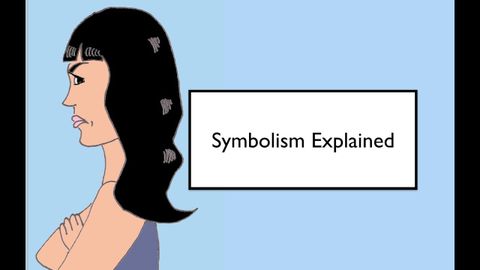シンボルとシンボリズムの説明 (Symbols and Symbolism explained)
Chia-Yin Huang が 2021 年 01 月 14 日 に投稿  この条件に一致する単語はありません
この条件に一致する単語はありません- v.t./i.出場する;計算する;思う;思う
- n.姿 : 体形;数字;人物像;図表;著名人;姿の輪郭;数字
US /ˈkɑnˌtɛkst/
・
UK /ˈkɒntekst/
US /ˈɑbviəs/
・
UK /ˈɒbviəs/
- v.t.頭を殴る
- n. (c./u.)脳 : 頭脳;秀才;天才;中央処理装置
- n. (u.)知能;知力
エネルギーを使用
すべての単語を解除
発音・解説・フィルター機能を解除

